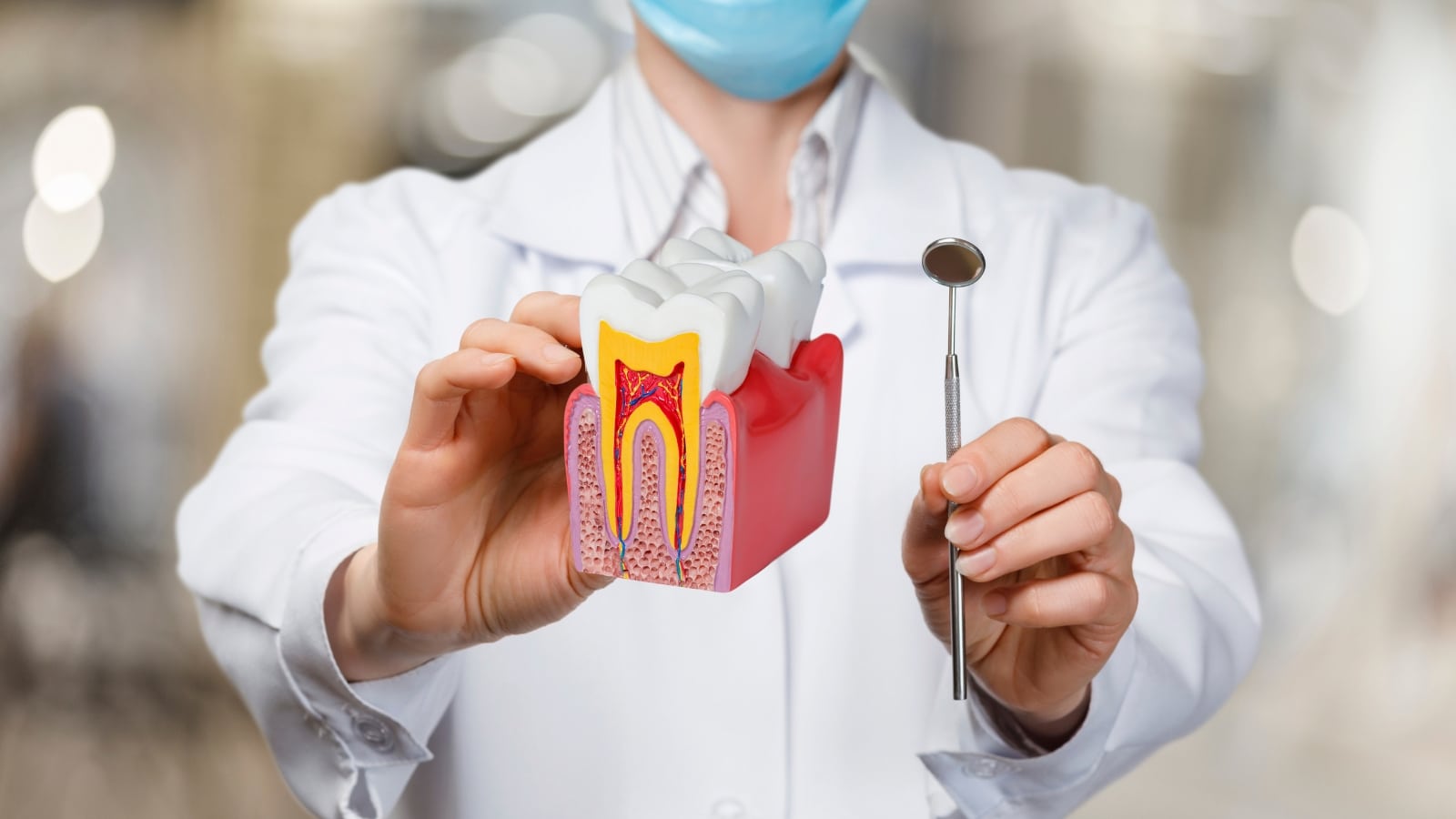Root canal treatment can be a lifesaver for a damaged or infected tooth. While the procedure itself is relatively straightforward and helps alleviate pain, the recovery process is just as important to ensure that your healing goes smoothly.
One of the most crucial factors in recovery is your diet. After a root canal, choosing the right foods can minimize discomfort, promote healing, and help avoid any complications. So, what should you eat after the procedure? Let’s dive in!
Importance of a Gentle Diet
After a root canal, your mouth may feel sore or sensitive. Since your tooth has undergone treatment, it’s essential to avoid any foods that can irritate the area or cause additional pain. A gentle, soft-food diet will allow your body to heal without unnecessary strain on the treated tooth.
Additionally, it’s crucial to stay hydrated and keep your energy levels up with nutrient-dense options that promote healing. Here’s a list of foods that are perfect for a smooth recovery:
1. Smooth Soups and Broths
Soups are an excellent choice for the first few days after a root canal treatment in Oak Park, IL. They are easy to eat, nutritious, and hydrating. Opt for smooth, pureed soups like tomato, potato, or butternut squash. Avoid soups with large chunks of vegetables or meats, as they could irritate the treated area or require too much chewing.
2. Mashed Potatoes and Sweet Potatoes
Soft, mashed potatoes are easy to consume and provide comfort. Rich in potassium, they can help replenish nutrients that your body needs for recovery. Sweet potatoes are another great choice since they’re loaded with vitamins A and C, which can support the healing process and boost your immune system.
3. Yogurt and Smoothies
Yogurt is not only soothing but also contains probiotics that can aid in digestion and enhance your immune system. These probiotics may also contribute to better oral health by promoting a healthy balance of bacteria in the mouth. Pair it with some blended fruit in a smoothie for an extra nutritional boost. Just be sure to avoid smoothies with ice or seeds, as these could cause irritation.
4. Scrambled Eggs
Eggs are an excellent source of protein and are soft enough to be gentle on your mouth after a root canal. Scrambled eggs are light and easy to chew, making them an ideal food option during the recovery phase. You can also pair them with soft cheese or avocado for extra nutrition.
5. Oatmeal or Cream of Wheat
Oatmeal and cream of wheat are soft, easy-to-swallow options that provide fiber and essential nutrients. They are also gentle on your mouth and can be made even more enjoyable with a bit of honey, cinnamon, or soft fruit like bananas.
6. Avocado
Avocados are packed with healthy fats and vitamins that are beneficial for overall health. Their creamy texture makes them easy to eat, and they are gentle on sensitive teeth. Spread some avocado on soft bread or toast for an easy, nutritious snack.
7. Steamed or Soft-Cooked Vegetables
While raw vegetables can be tough and hard to chew, steamed or soft-cooked vegetables like carrots, peas, and zucchini are easy to consume and loaded with vitamins and fiber. Make sure the veggies are tender enough that they don’t require excessive chewing.
Approximately 15 million root canals are performed each year in the United States. With such a high number of procedures, following proper post-treatment care is essential. Eating the right foods is a significant part of this care and ensures that patients recover quickly and effectively without complications.
Foods To Ignore After a Root Canal
While certain foods can help your recovery, others should be avoided to prevent irritation, discomfort, or complications. Here are some foods to steer clear of:
- Hard or Crunchy Foods: Avoid foods like nuts, chips, or raw vegetables that require excessive chewing. These can put pressure on your treated tooth and cause discomfort.
- Sticky Foods: Candies or foods that are sticky, such as caramel or taffy, can get stuck in the treated area and cause irritation.
- Hot or Cold Foods: Extreme temperatures can trigger sensitivity. Stick to foods that are lukewarm or at room temperature.
- Acidic Foods and Drinks: Foods like citrus fruits, tomatoes, and soda can irritate the treated area, so it’s best to avoid them in the first few days of recovery.
Nourish Your Smile for Faster Recovery
After a root canal, taking the time to eat soft, nourishing foods can make a big difference in your recovery process. It’s important to listen to your body and avoid foods that could cause unnecessary discomfort. By incorporating soothing, nutrient-rich foods into your diet, you’ll support the healing process and ensure a faster, more comfortable recovery.
Remember, proper oral health care doesn’t stop after a root canal treatment. Continue to brush gently around the treated area and follow your dentist’s recommendations for aftercare. With the right foods and care, your smile will be back to its best in no time!





